-
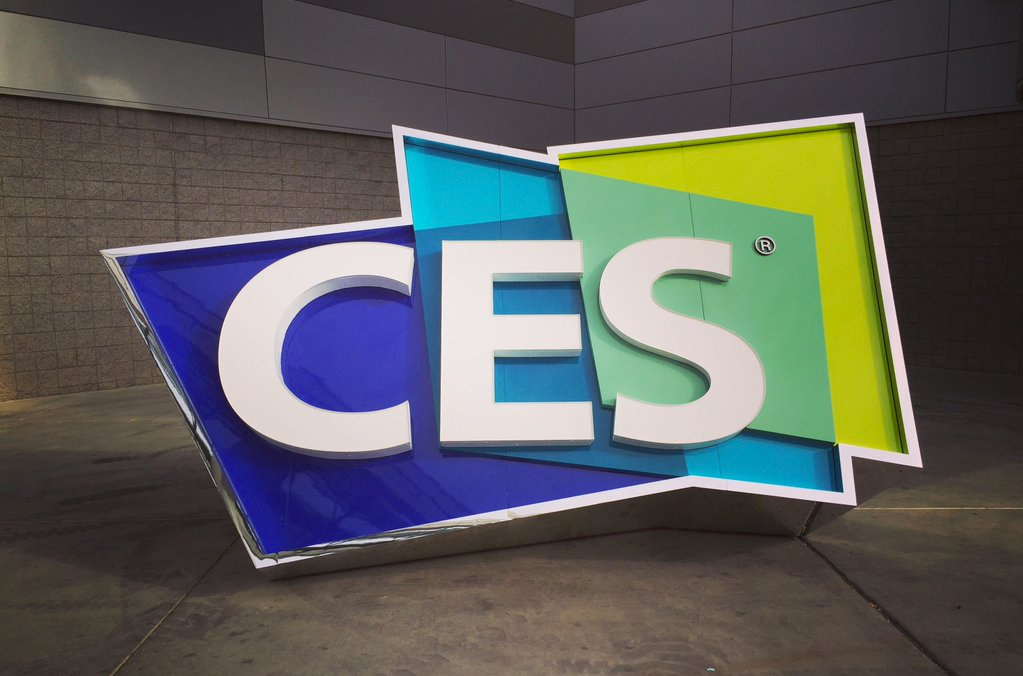

We've been roaming the halls of the Las Vegas Convention Center and hitting off-the-floor gatherings for the past few days to get a close look at the latest and greatest gadgets launched at CES 2016. With so many announcements hitting the wires at the same time, we've already brought you the top stories and highlights.
Now here's our selection of the most innovative, promising, or downright cool products we saw during this year's massive show. So without further ado here's the best of CES 2016.
-
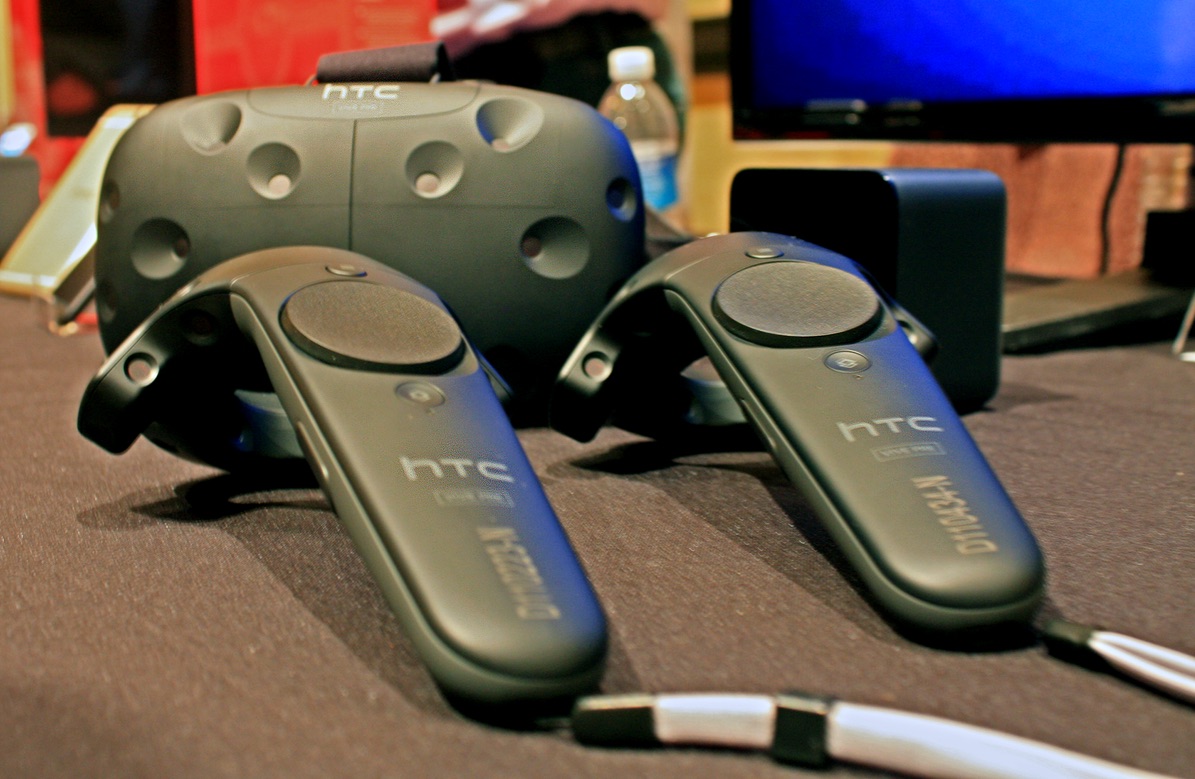
HTC Vive
As expected VR was big at CES 2016 and while Oculus grabbed most of the headlines with pre-orders finally opening, HTC's Vive has its own thing going on. The headset uses laser-emitting base stations on the wall to create up to a 15 by 15 foot virtual reality world. Approach the end of your playing area and a grid comes into view to keep you from smashing into something.
HTC brought a new dev kit to the show, dubbed Vive Pre, with a new front-mounted camera that merges real and virtual worlds, a lighter frame, and some display system improvements. After a second lengthier session with the Vive Pre, I'm convinced merging the real world with virtual is no gimmick and adds a ton to the experience.
Another of the demos I tried was an undersea shipwreck, where a giant whale stared at me and peering over the edge of the ship revealed a frightening abism. It's hard to describe the experience. In Portal, I had robots getting too close to me, making me feel small and insignificant. It's surreal and it feels like the next big thing in gaming, perhaps a few other fields as well.
Now it's up to developers to create the apps and games that will sell these things. Needless to say, HTC is in good company with Valve at their side. The HTC Vive is still three months away and pricing is unknown – but it'll likely come close to Oculus' $600 MSRP.
-

Intel RealSense
Intel had a new RealSense development kit at the show and was doing all sorts of demos to showcase its technology. Among them was one demo where you can scan yourself and be the main character in games like Grand Theft Auto, Skyrim, Fallout 4 and ARMA3.
After getting scanned by an HP tablet with RealSense cameras and itSeez3D app, the model is loaded into another app called Uranium, and from there it can be pulled from the game on the PC – in this case it was Fallout 4. The whole process took less than 10 minutes and the result is really cool.
You'll see yourself running around or flying with a jetpack powersuit, ready to take on Bethesda's post-apocalyptic world.
Intel says it's working with OEMs like Acer, Asus, Dell, HP, Lenovo, and NEC to get the RealSense technology integrated into some of their devices.
-
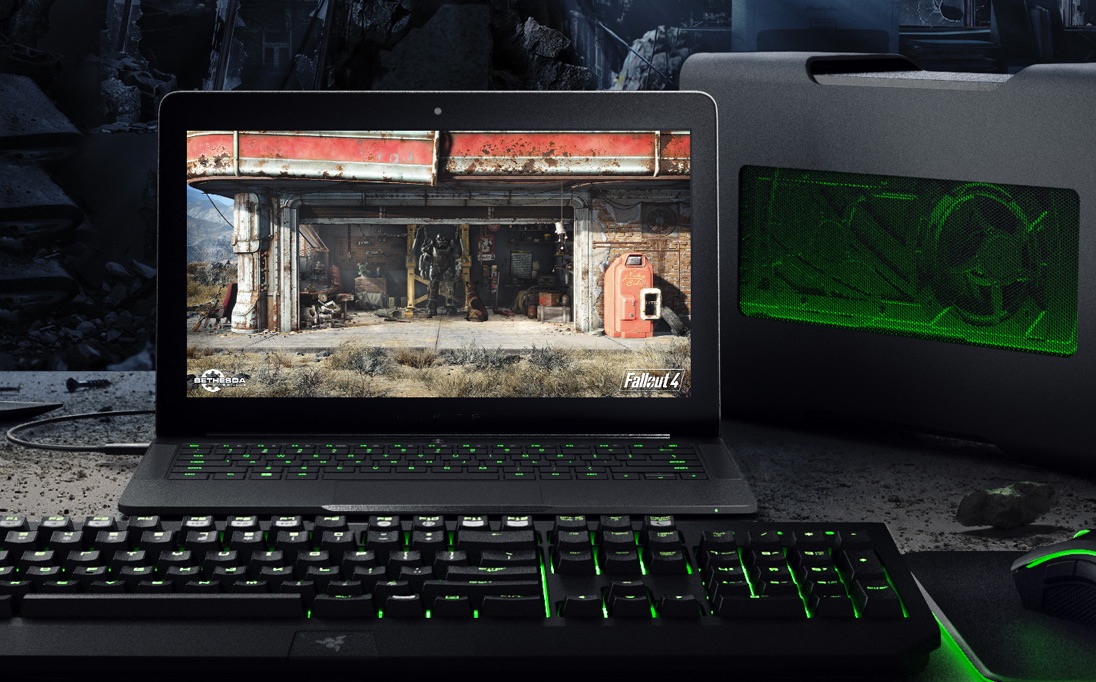
Razer Blade Stealth
The Blade Stealth is Razer's first ultrabook and it's a looker. Featuring a 12.5-inch display as well as a thin and fairly light 2.75-pound unibody aluminum frame. The base model ($999) packs a QHD resolution display, 8GB RAM, a 128GB PCIe SSD and a full "Chroma" keyboard with individually lit RGB keys.
Although the Stealth's ultrabook-class Intel Core i7-6500U CPU and integrated Intel HD 520 graphics aren't much for gaming, Razer is launching alongside an external docking station that can house any dual-slot graphics card on the market thanks to its 500W power supply – 375W of which is reserved for the GPU. The dock connects to the Blade Stealth via USB-C and provides extra connectivity for peripherals, networking and external displays.
-

TP-Link Talon AD7200
There aren't many devices that support Qualcomm's new 802.11ad technology – in fact there's only one, the Acer TravelMate P648 – but TP-Link wants to get in on the game early with the Talon AD7200. This beast of a router supports transfer rates of up to 7.2Gbps by combining the 60GHz band that 802.11ad uses along the 2.4GHz and 5GHz bands. According to the company, at those speeds you'll be able to download an entire feature-length 4K video in about four minutes.
Of course, there are caveats. Not only there are virtually no 802.11ad devices out there, but the 60GHz spectrum it uses is very low range. It's pretty much only useful for communicating with devices in the same room as the Talon, so it's not a replacement for 802.11ac by any means. It's still quite impressive.
It packs eight antennas, two USB 3.0 ports for external drives and four gigabit ethernet ports. TP-Link wasn't ready to announce pricing just yet aside from noting that they're known for delivering good value – which is not to say it's going to be cheap. The Talon is scheduled to launch "early this year".
-
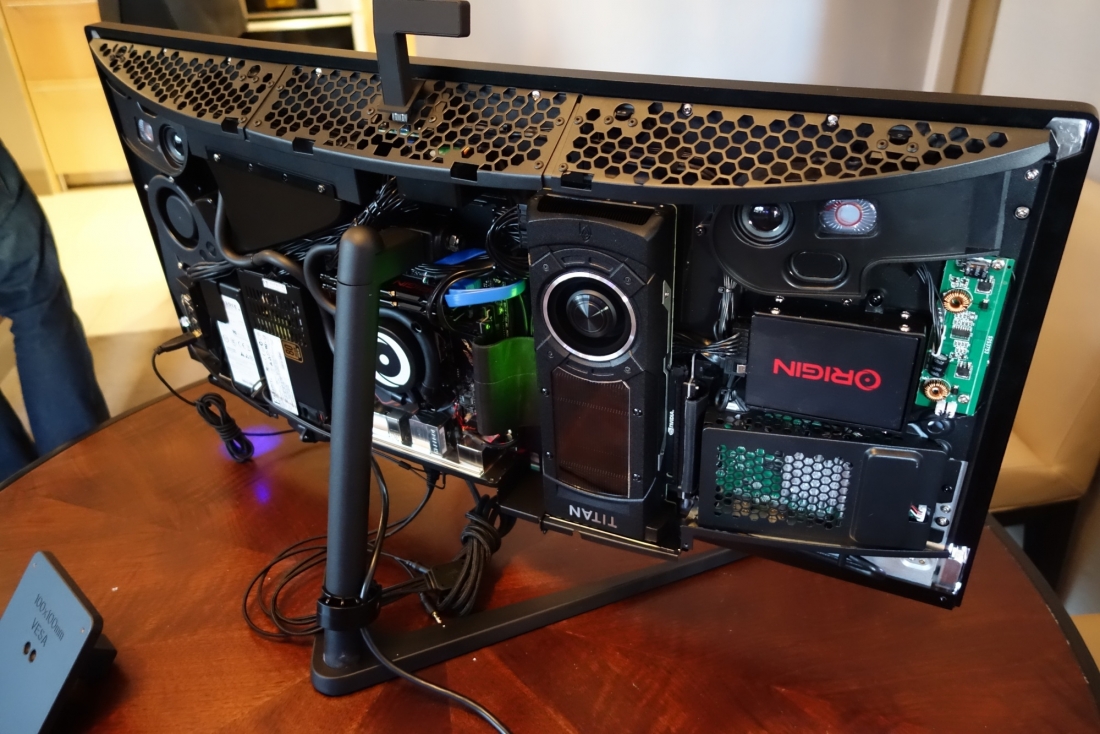
Ultrawide All-In-One Gaming PCs
With their highly integrated gear, all-in-one PCs have typically been a poor choice for gamers. In 2016 however, gaming rig builders Maingear, Origin PC and MSI are all cooking up drool-worthy machines which combine the sexy and uncluttered looks of an AIO with uncompromising firepower.
Arguably a bit more svelte than MSI's 27XT, Origin PC's Omni deceptively looks as any 34-inch curved ultrawide display might. Inside though is a ferocious mini-ITX PC packed with the highest-end, discrete and user-replaceable desktop components. The Omni can squeeze in the latest Haswell-E and Skylake Intel Core i7 CPUs, 12GB GeForce GTX Titan and 2 x 2.5 inch SSDs. An optional M.2 SSD can also act as a third storage device. The display itself boasts a QHD resolution of 3440 x1440. G-Sync and FreeSync were notably absent from the demo unit but Origin indicated VRR could possibly still make an appearance by Omni's anticipated Q1 release.
Interestingly, the Omni's all-in-one chassis is not exclusive, a fact which Maingear is astutely aware. Maingear's upcoming Alpha will also feature the same chassis putting the two companies in the most direct competition possible. Origin PC indicated their strengths will be service and build quality. Origin was shy about pricing but Maingear is advertising a starting price of $1,999 for its base-model Alpha.
-

LG Signature G6 Series 4K OLED TV
After witnessing LG's Ultra HD OLED TV and how stunningly thin it is, we have no doubt this is by far the most impressive TV shown at CES 2016.
With a 2.57mm frame, the LG G6 OLED TV almost seems like it's not there when seen from the side as most components have been relegated to the equally stylish base on the bottom.
OLED brings bold colors and perfect contrast to the table, so picture quality is amazing and 4K-ready, obviously. And even if it means most won't be buying this TV in 2016 – it will be sold later this year in 65 and 77-inch sizes, for less than $10,000 according to LG – it's a preview of things to come.
-
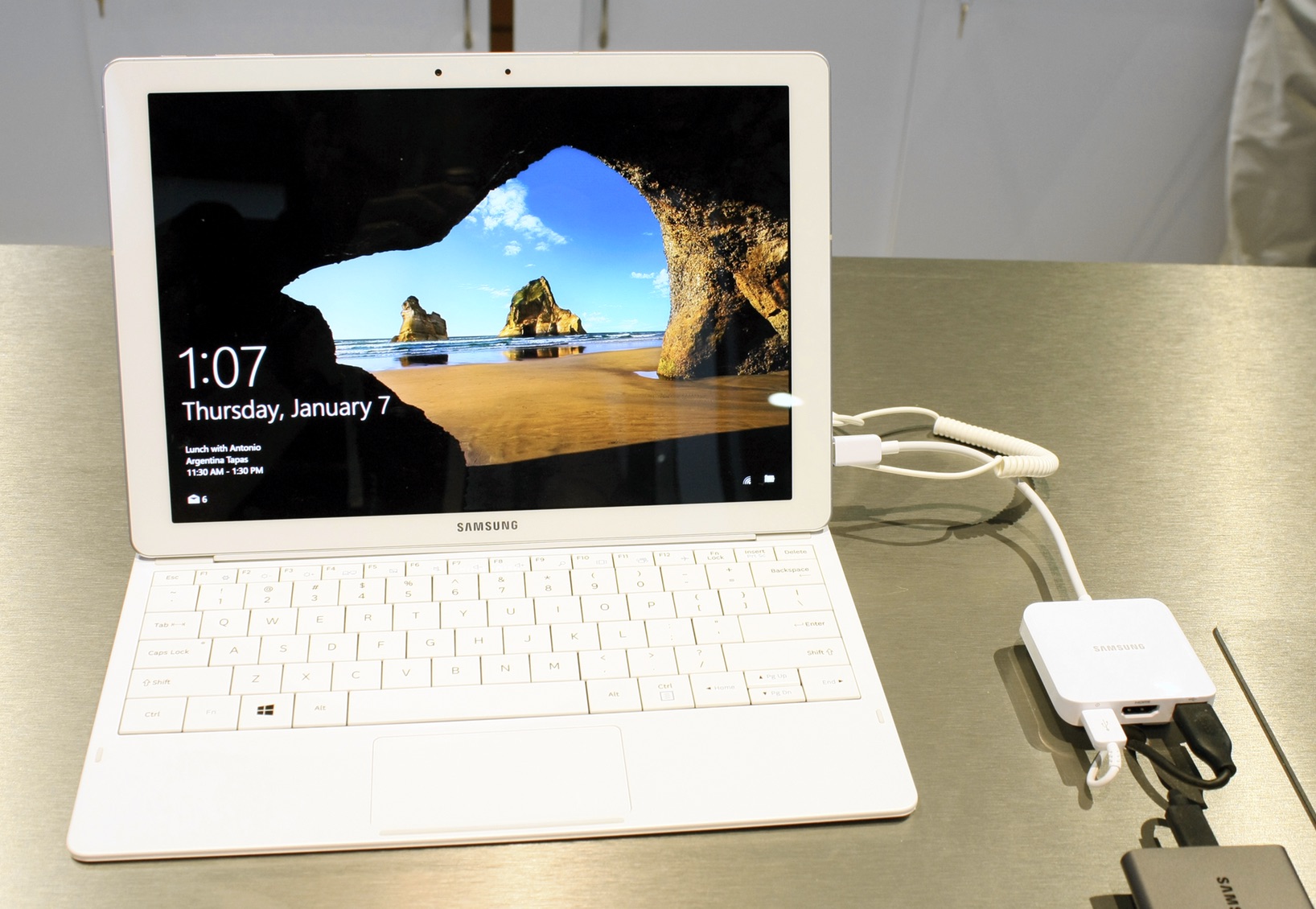
Samsung Galaxy Tab Pro S
Samsung set Android aside to launch its latest productivity oriented tablet. The Galaxy Tab Pro S feels solid in the hand, using a magnesium alloy frame for a super slim (6.3mm) and fanless design that will be in direct competition to Microsoft's Surface Pro 4 when it launches next February.
It's not as powerful as the Surface Pro, but it should still serve many well packing a 6th-gen Core M CPU, up to 256GB SSD, 4GB RAM and a 12-inch 2560 x 1440 Super AMOLED display which gives the tablet a 3:2 aspect ratio that's becoming increasingly popular for tablets. The 5200mAh battery good is good for 10.5 hours, according to Samsung.
There's a single USB Type-C port on the sides though we saw the tablet hooked up to an adapter that added USB-C, USB-A and HDMI ports. We're told 4G LTE versions will be offered as well. Can't fail to mention that Samsung plans to sell the tablet with the keyboard case inside the box (yay!). Pricing has not been disclosed yet but it sure brings solid competition to the Surface and iPad Pro.
-

Oculus Rift
Every year at CES there's that one product that has everyone flocking to its booth and inevitably forming long waiting lines. Oculus had plenty of momentum going in and with the final hardware in hand for the first time, we saw wait times extend up to three hours. To aggravate the situation, people coming off the demo kept saying the wait "was worth it," and we tend to agree.
We got our chance to try the Rift in two games (Chronos and Edge of Nowhere) and we loved every second it. In Edge of Nowhere, at one point I had myself free falling after poor maneuvering when crossing a bridge, and oh my, it was a spectacularly frightening moment.
After trying both the Rift and the Vive, we can say both offer amazing experiences with HTC's VR headset adding a bit to the experience with the frontal camera and mobility while playing, however those are things Oculus could still add down the line. Meanwhile, the Rift has managed to arrive first to market with a solid hardware package and games lining up to be released throughout 2016. It'll be a hard fought battle.
-
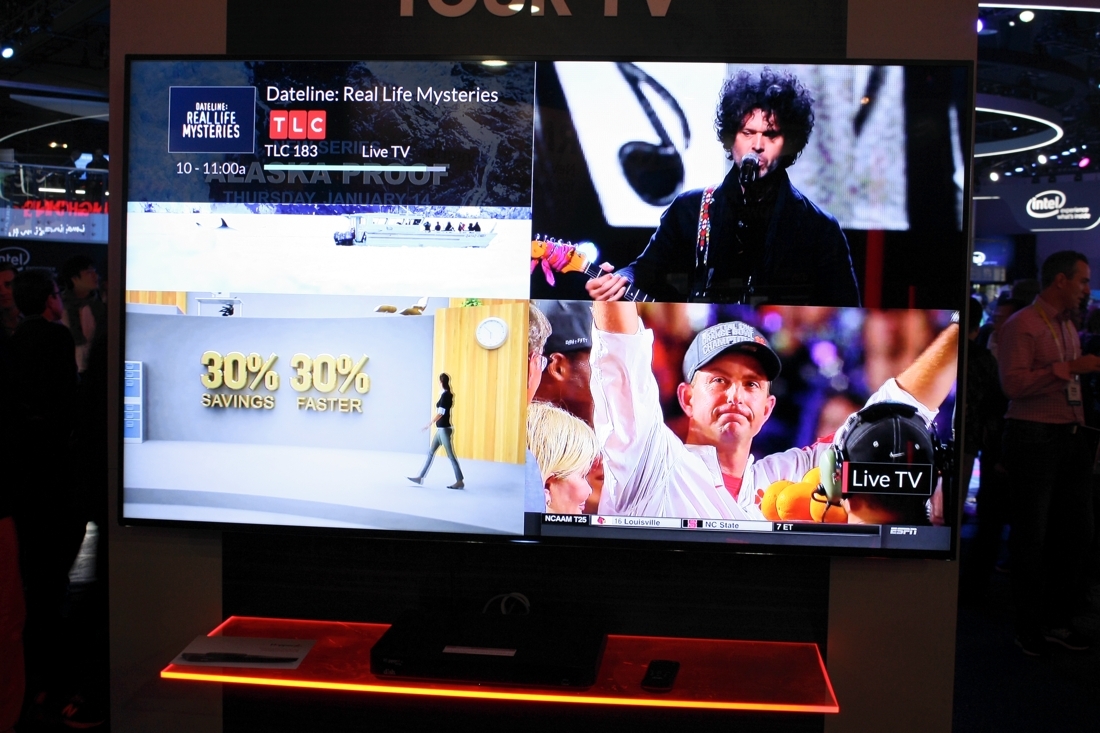
Dish Hopper 3
Here's one for for sports fans and those who don't care for the cable cutting trend. The new Dish Hopper 3 packs a whopping 16 tuners and 2TB hard drive inside for recording up to 500 hours of HD content. Why do you need 16 tuners? You probably don't. But if you're a huge sports fan – and ideally if you own a 4K TV – you could turn on a feature called Sports Bar Mode that splits your television into four quadrants and watch four games simultaneously in 1080p resolution.
Aside from that use case Dish says the key goal of including that many tuners is to provide customer peace of mind when it comes to the ability to record and watch multiple programs.
The Hopper 3 is expected to start shipping this month and cost $15 per month. Dish will also offer a free upgrade for new and existing qualified customers.
-
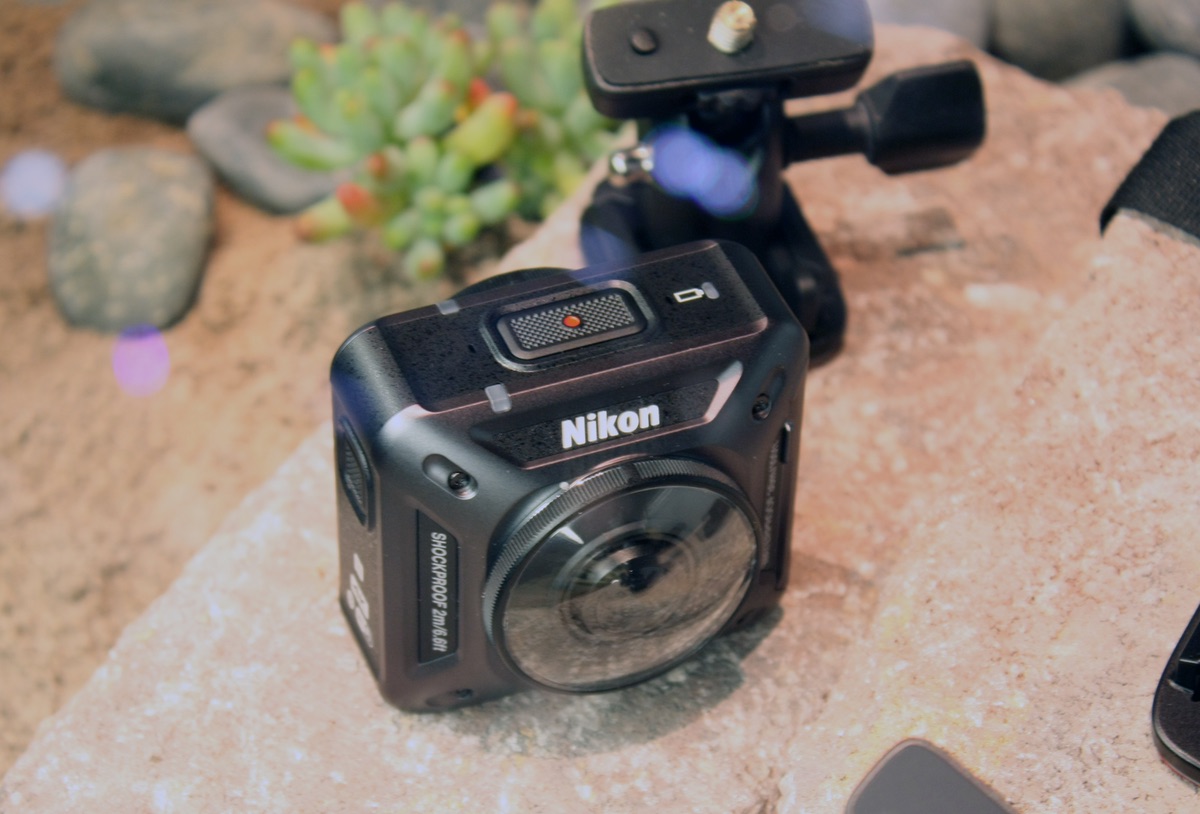
Nikon KeyMission 360
Nikon has officially joined the action camera party with the KeyMission 360, a wearable action camera that can record true 360-degree video in 4K. Nikon's new cam features an image sensor and lens combination on two opposite sides; images from each are combined in the camera to create a single 360-degree image. The camera is built tough and is waterproof up to a depth of 30 meters and critically, doesn't require a separate housing to pull off the feat.
The KeyMission features electronic Vibration Reduction, Nikon's image stabilization technology, and offers plenty of wireless connectivity via Wi-Fi, Bluetooth and NFC so you can use a smartphone or other smart device as the viewfinder. No pricing yet, but the device looks ready and is set to become available this Spring.
-
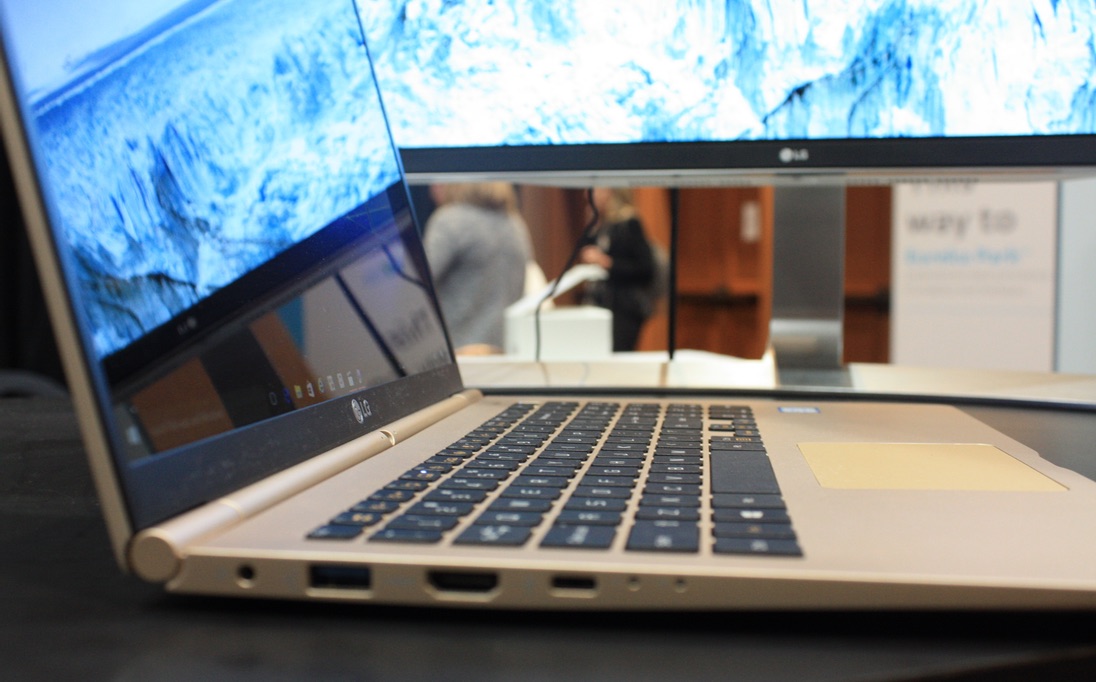
LG Gram
LG's Gram 15 ultrabook should give us a hint of the things to come in lightweight productivity laptops. While Apple is credited with redefining thin and light's with the MacBook Air years ago, the recent MacBook tried to do the same while compromising on performance, connectivity and size. The Gram's magnesium body packs a full 15.6-inch IPS 1920 x 1080 display and your choice of Core i5 or i7 CPU, 8GB RAM and up to 512GB SSD.
Weighing in at 2.16 pounds, it takes claim of the lightest 15-inch laptop in the world (comparatively a MacBook Pro 15" weights 4.4 pounds). Connectivity is pretty solid, too: four USB ports (one Type-C), a microSD card reader, HDMI, a headphone/mic jack.
We'll be watching out when LG is ready to release the Gram 15 in H1 2016. Pricing is not official but Amazon's pre-order has it listed in the $1100 to $1500 range.
